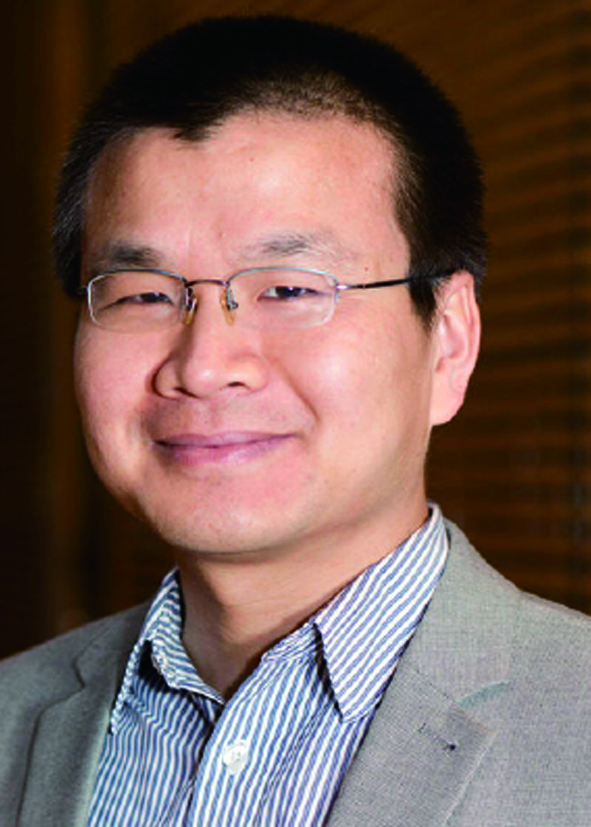| Citation: |
Faisal Ahmed, Zhipei Sun. Empowering neuromorphic computing with topological states[J]. Journal of Semiconductors, 2024, 45(11): 110401. doi: 10.1088/1674-4926/24080029
****
F Ahmed and Z P Sun, Empowering neuromorphic computing with topological states[J]. J. Semicond., 2024, 45(11), 110401 doi: 10.1088/1674-4926/24080029
|
Empowering neuromorphic computing with topological states
DOI: 10.1088/1674-4926/24080029
More Information
-
References
[1] Klitzing K v, Dorda G, Pepper M. New method for high-accuracy determination of the fine-structure constant based on quantized Hall resistance. Phys Rev Lett, 1980, 45, 494 doi: 10.1103/PhysRevLett.45.494[2] Chang C Z, Zhang J S, Feng X, et al. Experimental observation of the quantum anomalous Hall effect in a magnetic topological insulator. Science, 2013, 340, 167 doi: 10.1126/science.1234414[3] König M, Wiedmann S, Brüne C, et al. Quantum spin Hall insulator state in HgTe quantum wells. Science, 2007, 318, 766 doi: 10.1126/science.1148047[4] Andrei E Y, MacDonald A H. Graphene bilayers with a twist. Nat Mater, 2020, 19, 1265 doi: 10.1038/s41563-020-00840-0[5] Chen M, Xie Y, Cheng B, et al. Selective and quasi-continuous switching of ferroelectric Chern insulator devices for neuromorphic computing. Nat Nanotechnol, 2024, 19, 962 doi: 10.1038/s41565-024-01698-y -
Proportional views





 Faisal Ahmed received his doctoral degree from Sungkyunkwan University, South Korea in 2018. He is currently working as Staff scientist at Aalto University Finland. His research interests include emerging nanomaterials, and their applications in electronics, optoelectronics, and photonics.
Faisal Ahmed received his doctoral degree from Sungkyunkwan University, South Korea in 2018. He is currently working as Staff scientist at Aalto University Finland. His research interests include emerging nanomaterials, and their applications in electronics, optoelectronics, and photonics. Zhipei Sun is a Professor of Photonics and the head of the Photonics Research Group at the Department of Electronics and Nanoengineering of Aalto University, Finland. He earned his PhD from the Institute of Physics, Chinese Academy of Sciences, in 2005. His research interests include nonlinear optics, nanophotonics, and ultrafast photonics.
Zhipei Sun is a Professor of Photonics and the head of the Photonics Research Group at the Department of Electronics and Nanoengineering of Aalto University, Finland. He earned his PhD from the Institute of Physics, Chinese Academy of Sciences, in 2005. His research interests include nonlinear optics, nanophotonics, and ultrafast photonics.
 DownLoad:
DownLoad:














